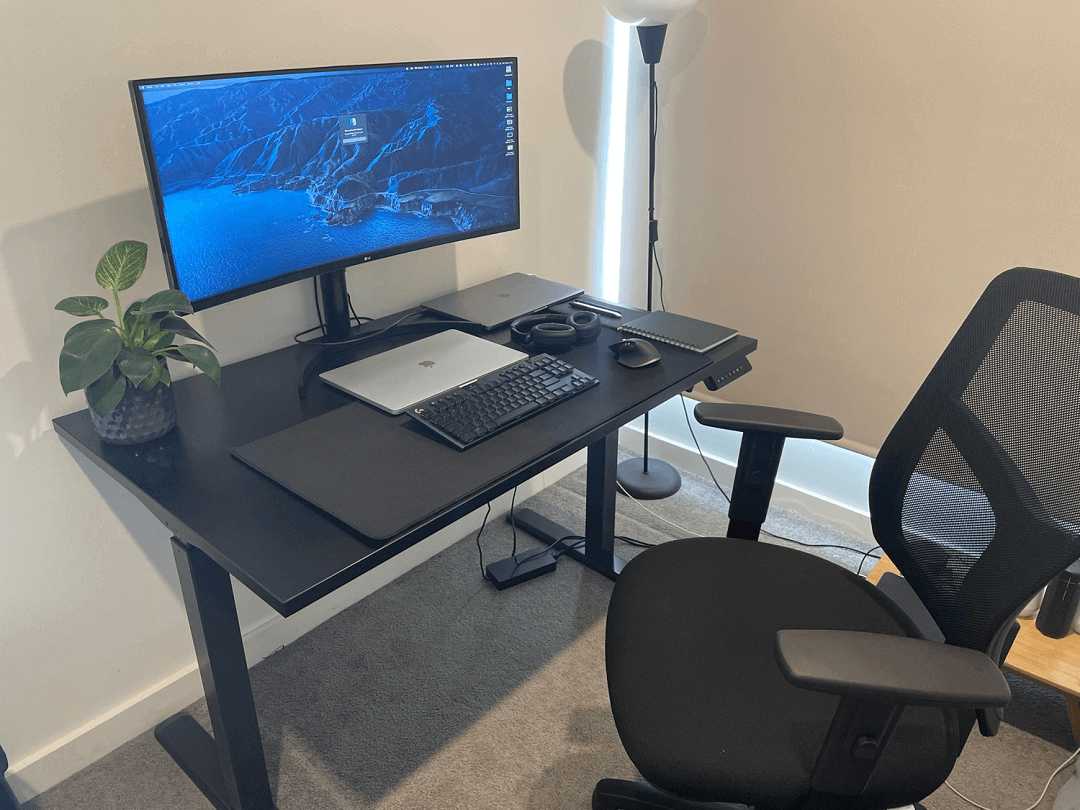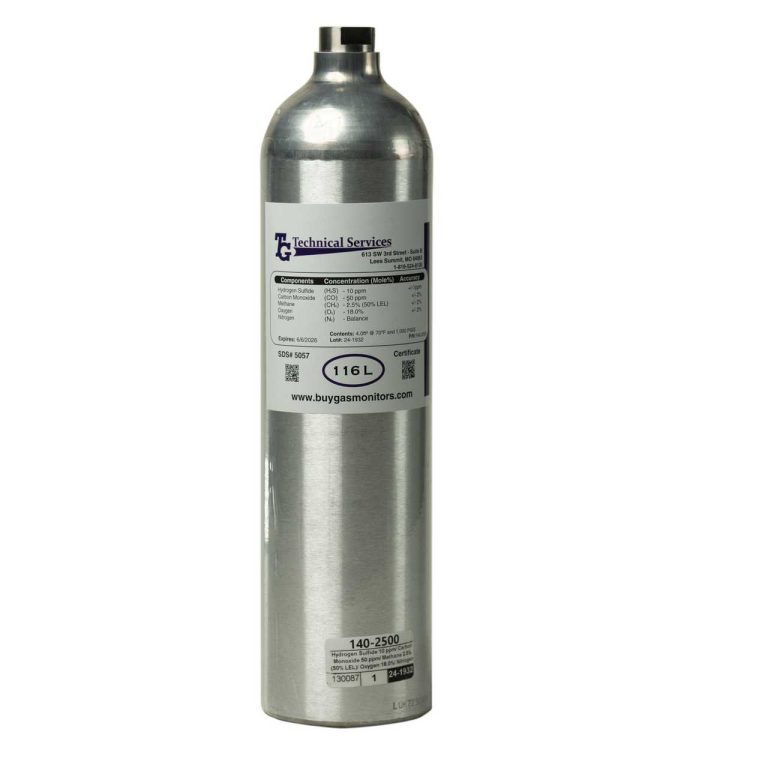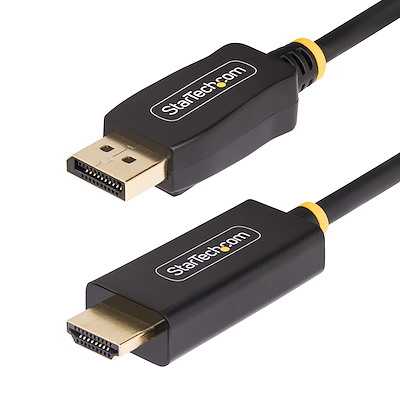A curved monitor can significantly enhance your office work experience, but it’s not a must-have. For most daily tasks, a flat screen works just fine, while a curved monitor offers added comfort and immersion for prolonged use. If you’re looking for better ergonomics, less eye strain, or a more engaging visual experience, then a curved monitor might be worth considering. However, it ultimately depends on your specific needs and workspace setup.
For office work, a curved monitor isn’t strictly necessary, but it can provide benefits like improved viewing angles and reduced glare, especially for large or multiple screens. It’s a matter of personal preference and the nature of your tasks. Those who spend long hours on spreadsheets, design, or multitasking may find a curved screen adds value, but casual users can stick with a simple flat monitor without missing out on much.
Is Curved Monitor Necessary for Office Work?
Understanding What a Curved Monitor Is
A curved monitor features a screen that bends inward, creating a slight arc. This design aims to follow the natural shape of our eyes, offering a more immersive viewing experience. Unlike flat screens, curved monitors wrap around your field of vision, making tasks feel more natural and comfortable over long periods. They come in various curvatures, such as 1800R or 1500R, indicating how pronounced the curve is.
The Main Benefits of Using a Curved Monitor for Office Tasks
For office work, a curved monitor can improve visual comfort significantly. The curved design reduces eye strain by decreasing the need for constant refocusing. It also provides a wider field of view, allowing you to see more content without turning your head. This feature is especially useful when multitasking or working with several windows simultaneously.
Visual Comfort and Ergonomics
Many users report that curved screens cause less eye fatigue after hours of work. The uniform distance of all parts of the screen from your eyes minimizes distortion and glare. This ergonomic advantage helps reduce headaches and discomfort caused by prolonged screen time, contributing to better overall productivity.
How Curved Monitors Reduce Eye Strain
By matching the natural curvature of our eyes, curved monitors lessen the effort needed to focus on different parts of the screen. They also decrease reflections from ambient light sources, making reading easier and more comfortable. The consistent distance from your eyes helps maintain proper focus and reduces muscular tension.
Vertical and Horizontal Viewing Angles
Compared to flat screens, curved monitors often offer better viewing angles from different positions. This means whether you’re sitting directly in front or slightly off to the side, the image remains clear and undistorted. Such angles are beneficial in shared workspaces or collaborative environments.
Suitability for Multitasking and Productivity
Compared to traditional flat monitors, curved screens excel in multitasking scenarios. The immersive effect allows users to see multiple windows or applications simultaneously with less effort. This increased workspace visibility can lead to enhanced efficiency and faster workflow.
Multiple Windows and Screen Real Estate
A wide curved monitor often replaces the need for multiple screens, freeing up desk space. The seamless curve grants a panoramic view that makes switching between tasks smoother. This is particularly useful for data analysis, design work, or document comparison.
Enhanced Focus and Reduced Distractions
The immersive nature of curved screens helps users concentrate better on their work. The subtle wrap-around effect minimizes peripheral distractions, creating a more focused environment. Such an environment encourages sustained attention and higher productivity levels.
Is a Curved Monitor Better Than Flat for Office Use?
While curved monitors offer distinct advantages, they are not universally preferable for all office tasks. Flat screens remain popular due to their simplicity, cost-effectiveness, and compatibility with multi-monitor setups. Choosing between the two depends on individual preferences and specific work requirements.
Pros and Cons of Curved Monitors
- Pros: Greater immersion, reduced eye strain, better viewing angles, enhanced multitasking.
- Cons: Higher costs, potential distortion when viewing at sharp angles, limited availability in smaller sizes.
Potential Drawbacks of Curved Screens
Some users may find that curved monitors distort images or videos, especially if the curvature is too pronounced. They can also pose challenges when used alongside flat displays, complicating multi-monitor setups. Furthermore, highly curved screens may not suit certain professional tasks needing precise flat imaging.
Factors to Consider When Deciding if a Curved Monitor Is Necessary
Choosing whether a curved monitor suits your office work depends on several factors, including your workspace, work type, and personal preferences. Consider the size, curvature level, and compatibility with your existing setup before investing.
Size and Curvature Specifications
Larger screens (27 inches or more) tend to benefit more from a curved design. The curvature should match your typical viewing distance; a 1800R curve works well for desks where you sit a few feet away. Smaller monitors may not gain significant advantages from curvature.
Type of Office Work and Typical Tasks
If your work involves detailed design, data analysis, or multiple applications, the immersive experience may enhance your workflow. Conversely, simple document editing or email management might not necessitate a curved screen.
Budget and Cost-Benefit Analysis
Curved monitors generally cost more than flat screens of similar size and resolution. Weigh the added comfort and productivity benefits against your budget constraints. For some, a high-quality flat monitor may be a more economical choice.
Additional Features to Look for in a Curved Monitor
Beyond curvature, several other features can impact your experience. Pay attention to resolution, refresh rate, connectivity options, and ergonomic adjustments.
Resolution and Screen Quality
For office work, a resolution of at least 1080p is standard. Higher resolutions like 1440p or 4K provide sharper images, particularly when working with detailed spreadsheets or graphics.
Refresh Rate and Response Time
While important for gaming or video editing, high refresh rates are less critical for office tasks. However, monitors with standard 60Hz refresh rates ensure smooth scrolling and general responsiveness.
Adjustability and Ergonomics
Choose monitors with adjustable stands for height, tilt, and swivel. Proper ergonomics reduce strain and help maintain comfort during long work hours. VESA compatibility allows further customization with adjustable arms or mounts.
Conclusion: Is a Curved Monitor Necessary for Office Work?
Deciding whether a curved monitor is necessary depends on your specific needs and preferences. For users who prioritize visual comfort, immersive multitasking, and reduced eye fatigue, a curved screen can be a valuable addition. However, it may not be essential for basic office tasks or if budget constraints are tight. Carefully evaluate your workspace, work style, and budget to determine if a curved monitor enhances your daily productivity.
Flat or Curved Monitor? Which is Better?
Frequently Asked Questions
Does a curved monitor help reduce eye strain during long working hours?
While a curved monitor can reduce glare and reflections, minimizing eye strain depends on proper ergonomic setup and ambient lighting. The curvature helps keep the entire screen at a consistent distance from your eyes, which may ease focus and reduce fatigue over extended periods. However, individual preferences and work habits also play a significant role in determining comfort.
Can a curved monitor improve multitasking efficiency in an office environment?
A curved monitor enhances the viewing experience by providing a wider field of view, allowing you to see multiple windows more comfortably. This design reduces the need to move your head or shift focus frequently, leading to smoother multitasking and potentially increased productivity. However, the actual benefit depends on the size and resolution of the display as well as your workflow.
Is a curved screen better for collaborative work in an office setting?
Curved monitors can create a more immersive environment, making it easier for team members to view the screen simultaneously. For presentations or collaborative tasks, the natural curve allows everyone around the screen to see content clearly without significant distortion. Nevertheless, the suitability depends on the workspace layout and the number of people sharing the display.
How does the size of a curved monitor influence its usefulness for office tasks?
Larger curved monitors provide more screen real estate, making them ideal for complex tasks like data analysis, design work, or extensive document editing. They allow you to work comfortably without switching between multiple screens. Smaller curved monitors can still offer benefits but may be less effective for multitasking or detailed work requiring ample space.
Are curved monitors a cost-effective choice for everyday office work?
Curved monitors tend to be priced higher than flat screens with similar specifications. For routine tasks such as word processing, emails, and web browsing, a standard flat monitor might suffice and offer better value. If your work involves detailed visual work or multitasking, investing in a curved monitor could provide additional ergonomic and visual benefits that justify the cost.
Final Thoughts
A curved monitor can enhance visual comfort and reduce eye strain during long work hours. It offers a more immersive experience, especially for multitasking and detailed tasks.
However, it may not be essential for all office jobs, particularly those focused on basic tasks or data entry.
In conclusion, is curved monitor necessary for office work? Not necessarily, but it can improve the overall viewing experience for those who spend extended hours at their desks.

I follow the latest trends in smart devices, portable monitors, and gaming accessories. My goal is to provide real-world insights that help readers make smarter tech decisions.





